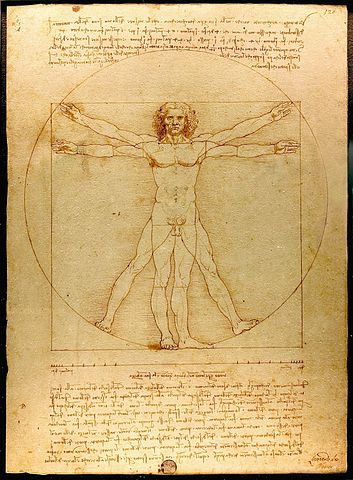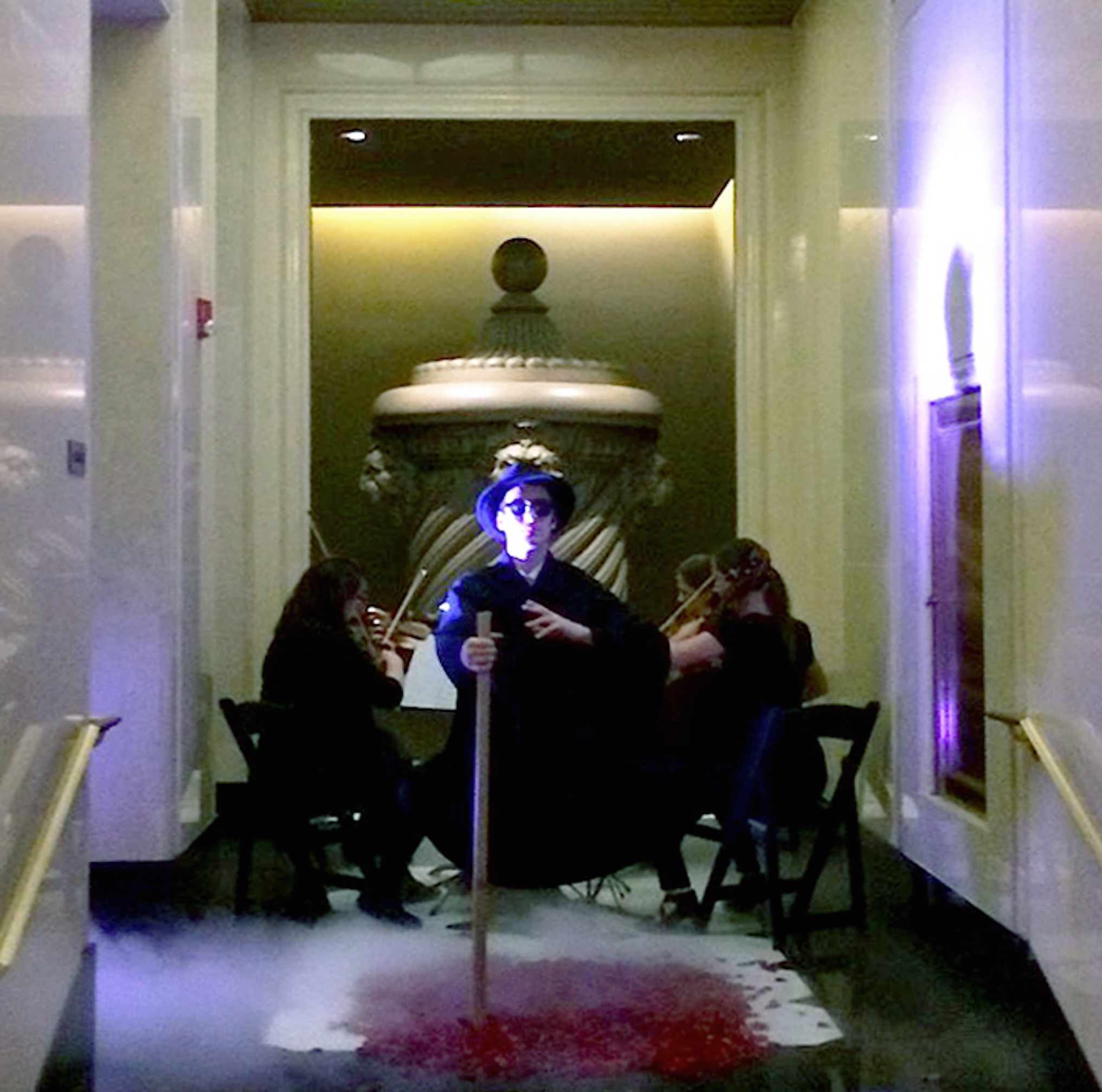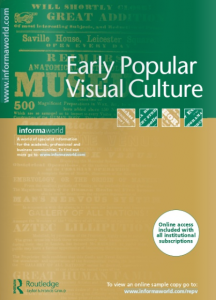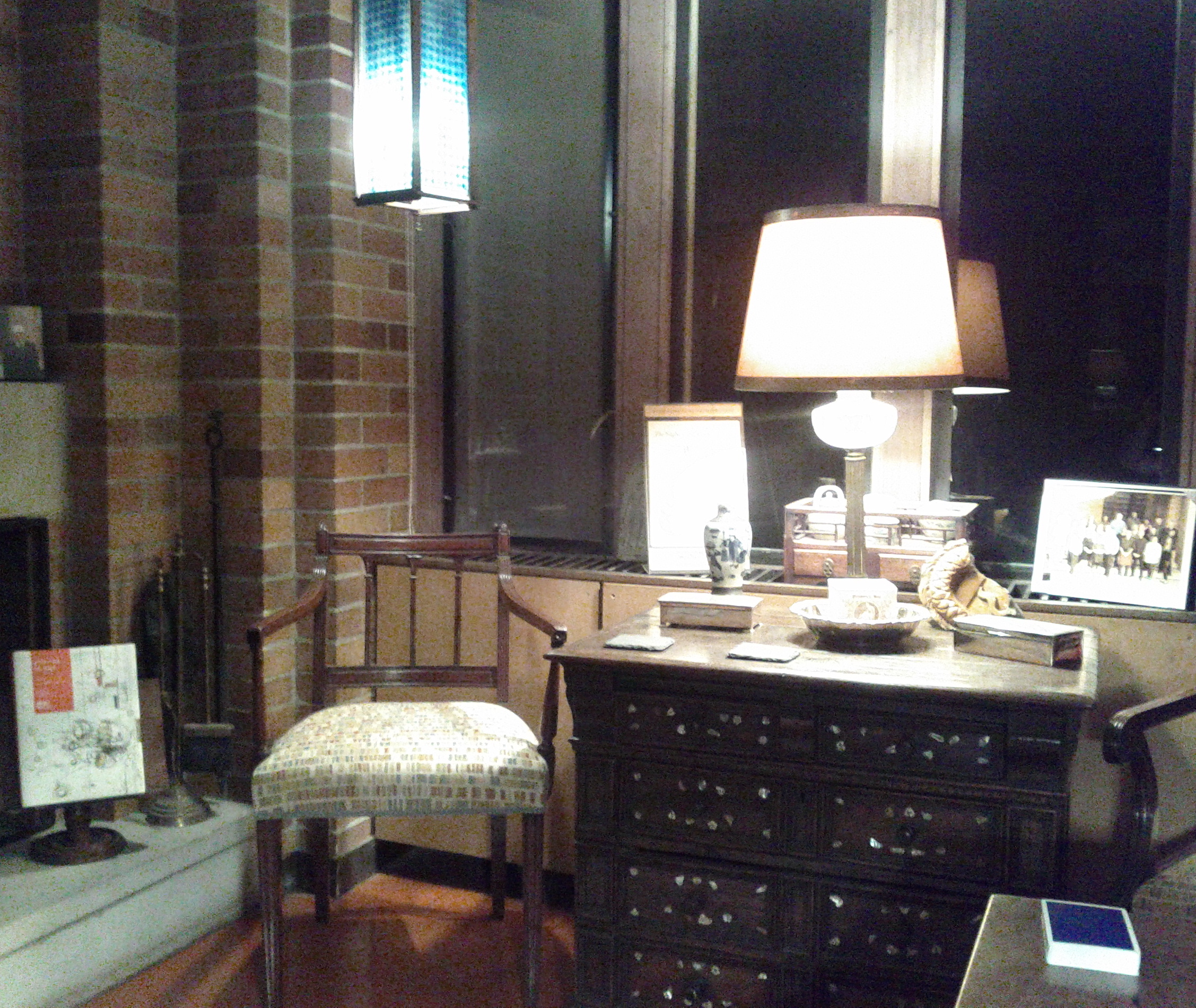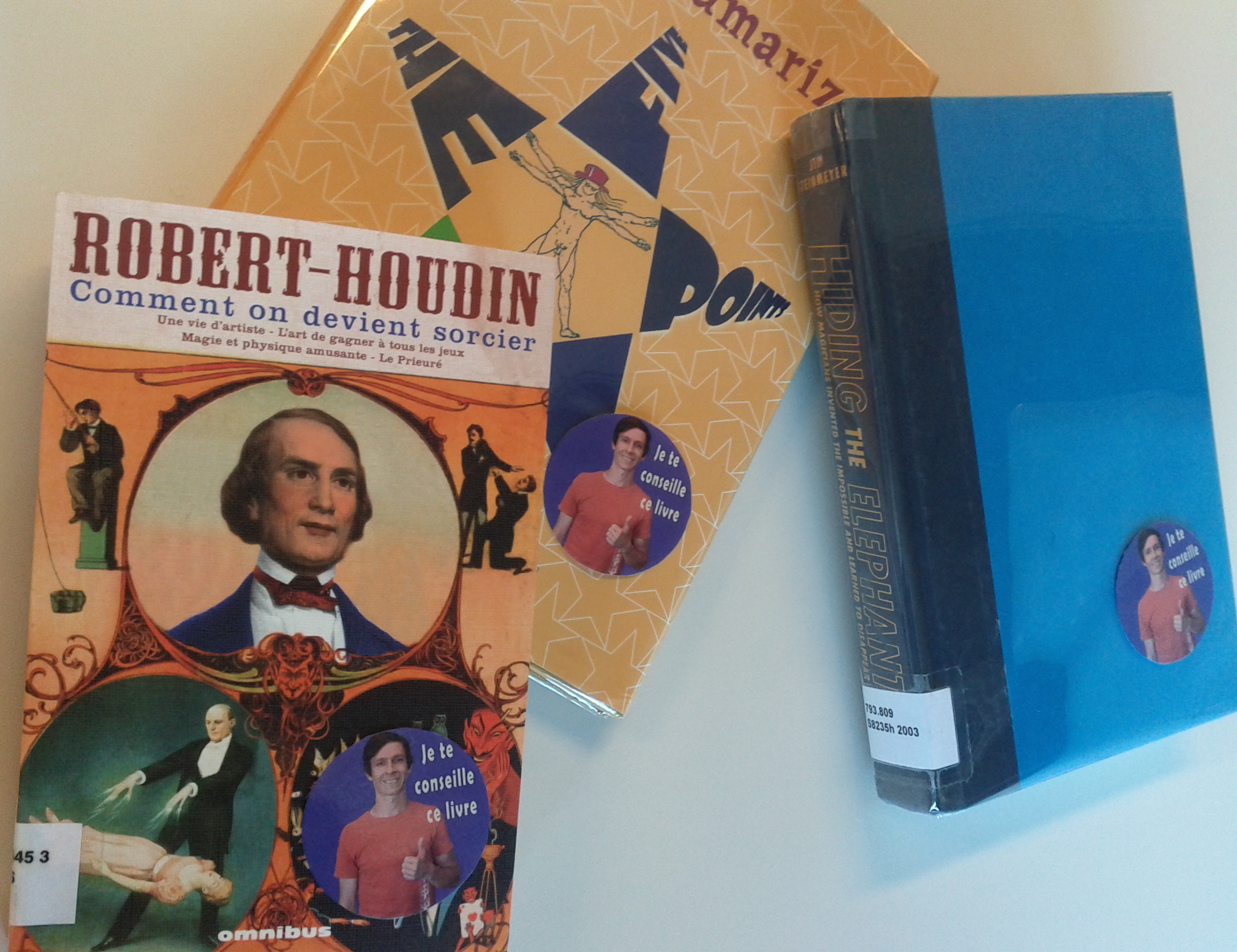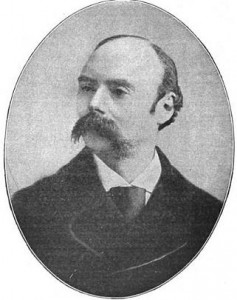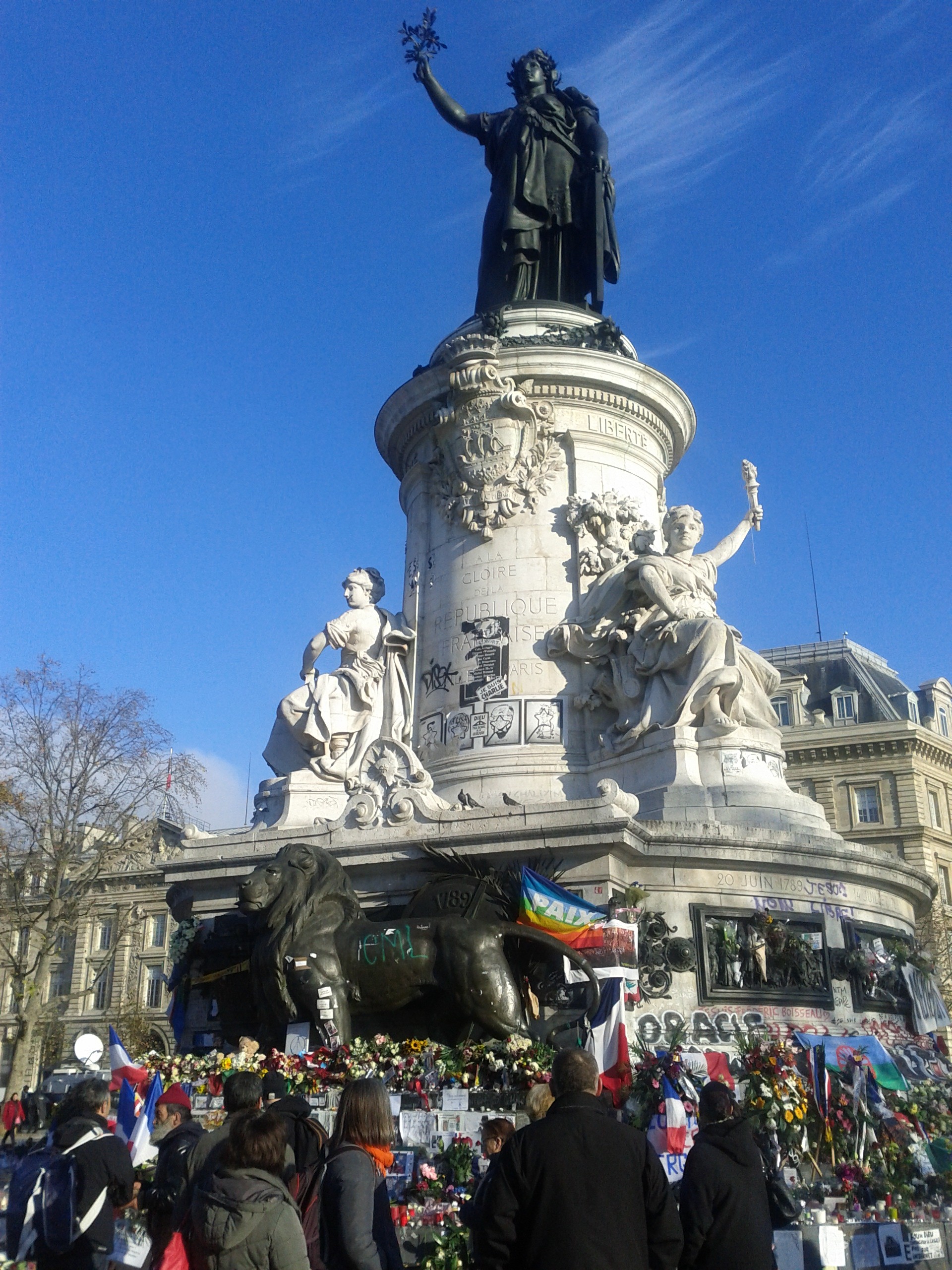 This is the first intersection I crossed while looking for my friend’s place in Paris today. I’ll be staying with her and her boyfriend who happen to live near the core of the November attacks. It’s surreal to be talking about the geopolitical implications of all of this with Robin, while also catching up with her after 10 or 11 years. She and I had French class together in high school. We once did a co-presentation on the documentary film Microcosmos in 10th or 11th grade. A lot has changed since then. Our French is better, the stakes of everyday life are higher, and our observations of the world after living outside of the United States for many years are different. Much has remained the same too. We are still those high school selves sharing the bond of Sacramento, IB, and knowing many of each other’s friends, and family. Old friends are the ones who take you in at the drop of a hat. These are the ones with whom you rapidly share your life’s intimate updates within a few hours without even thinking about it. Who cares if it’s been a decade since you last saw one another. No formality is necessary.
This is the first intersection I crossed while looking for my friend’s place in Paris today. I’ll be staying with her and her boyfriend who happen to live near the core of the November attacks. It’s surreal to be talking about the geopolitical implications of all of this with Robin, while also catching up with her after 10 or 11 years. She and I had French class together in high school. We once did a co-presentation on the documentary film Microcosmos in 10th or 11th grade. A lot has changed since then. Our French is better, the stakes of everyday life are higher, and our observations of the world after living outside of the United States for many years are different. Much has remained the same too. We are still those high school selves sharing the bond of Sacramento, IB, and knowing many of each other’s friends, and family. Old friends are the ones who take you in at the drop of a hat. These are the ones with whom you rapidly share your life’s intimate updates within a few hours without even thinking about it. Who cares if it’s been a decade since you last saw one another. No formality is necessary.
This is a strange combination for me here in Paris. The warmth of friendship in the aftermath of violence. I’m experiencing this familiarity and comfort in a deeply injured city.
